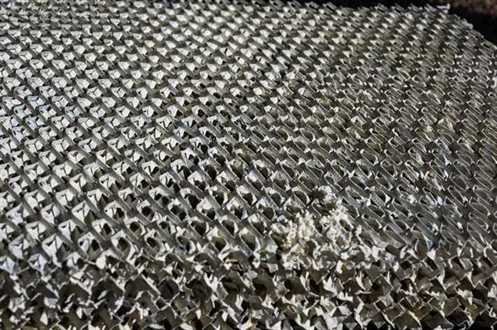
Winnipeg is dry. I don’t, by that, mean that Winnipeg is boring; we’re an exciting, festive city with lots to do; as one wonderful Finn once famously said, “Winnipeg is Good”. I mean Winnipeg is literally dry; the winters are so cold that moisture can’t remain in the air. That’s why you always see “clear and cold” weather; it’s too cold for snowfall or other precipitation. The summers are, of course, a bit more humid, with our rolling thunderstorms, but compared to a climate that’s near the ocean or one of the Great Lakes, it’s really not that humid.
This dry weather can have an impact on your health, especially in the wintertime, when we’re already more prone to catching illnesses. There’s a lot of ways to add a bit of moisture to the air; you might see small mist humidifiers that are good for a room, or you could always take a lot of showers and boil water on the regular. These things aren’t, however, the most efficient solution, especially if you have a large house (I’ll admit the last couple were a bit facetious). A better way of changing the relative humidity of your home is to use a furnace humidifier, sometimes called whole-house humidifiers.
The advantage of furnace humidifiers is that they add moisture to the air at the source – your furnace. There are two main types of furnace humidifier in circulation right now:flow-through humidifiers that add moisture through water flow, and drum humidifiers that use a damp belt. There are advantages and disadvantages to each type of humidifier. Drum humidifiers are a bit more upkeep, as the damp belt and drum can develop mold, and thus need to be cleaned more often. Flow-through humidifiers require less maintenance but are more expensive.
You should get your humidifier installed by a professional; your Winnipeg furnace maintenance company will be able to help you choose one and install it. The humidifier you’ll want will depend on cost, of course, but also on the size of your house. You’ll need a few basic amenities in the immediate area, chiefly, access to a nearby water supply in order to feed water to the humidifier, and a furnace (obviously).
Once the humidifier is installed, it’s a simple matter of putting into operation. You’ll notice that there’s a humidistat on the humidifier; it works pretty much exactly like a thermostat, but for humidity. You’ll likely have an array of options, but it’s worth remembering that you don’t want too much humidity in your home; somewhere between 30% and 40% is quite nice for most places. Your humidifier will definitely require some maintenance, most of which you can learn to do yourself; for drum humidifiers, you’ll need to go about the above-mentioned cleaning, and you’ll want to replace the evaporator pads in flow-through humidifiers. When you get the humidifier installed, you should speak with your installer about maintenance tips to keep things running smoothly for years!

